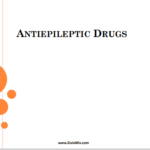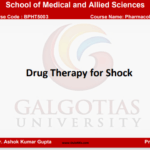Rate-controlled drug delivery systems are a type of drug delivery system that delivers the drug at a predetermined rate, locally or systematically, for a specified period of time ¹². These systems are designed to achieve a prolonged therapeutic effect by continuously releasing medication over an extended period of time after the administration of a single dose ¹.
There are several types of rate-controlled drug delivery systems, including polymer membrane permeation-controlled drug delivery systems, polymer matrix diffusion-controlled drug delivery systems, and microreservoir partition-controlled drug delivery systems ¹. The release of drug molecules from these systems has been preprogrammed at a specific rate profile ¹.
The kinetics of release can be modulated by controlling the applying processes or the amount of external energy ¹. Activation modulated drug delivery systems are a subclassification of rate-controlled drug delivery systems that deliver the drug at a predetermined rate, locally or systematically, for a prolonged period of time ¹. These systems are activated by different physical, chemical, or biochemical processes or by the energy supplied externally ¹.
Rate-controlled drug delivery systems have several advantages, including less fluctuation in drug blood levels, frequency reduction in dosing, improved patient convenience and compliance, and increased safety margin of high-potency drugs ¹. However, they also have some disadvantages, such as decreased systemic availability in comparison to immediate-release conventional dosage forms, poor in vivo-in vitro correlation, possibility of dose dumping, retrieval of drug is difficult, and higher cost of formulation ¹.
I hope this information is helpful! Let me know if you have any other questions.










